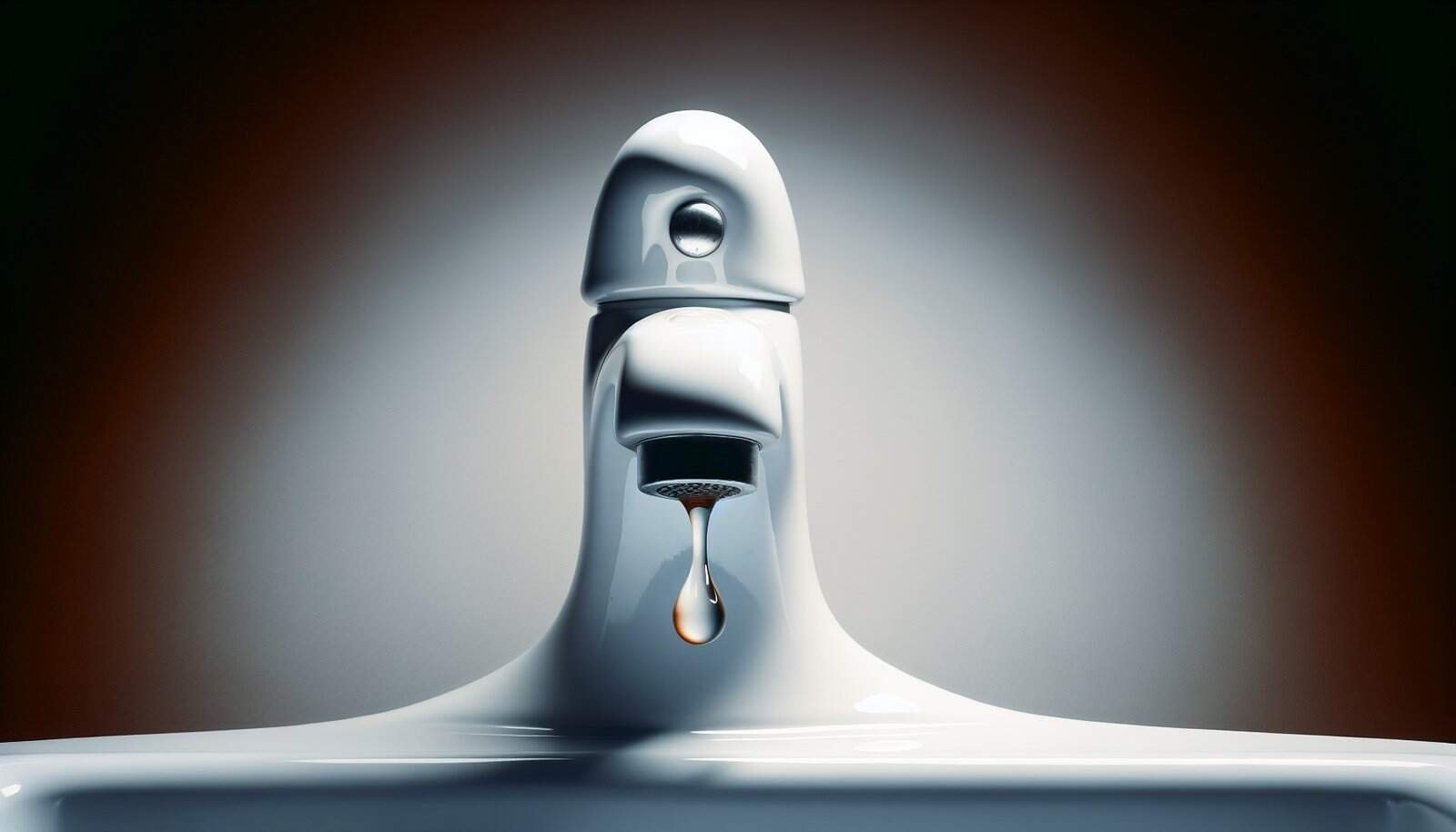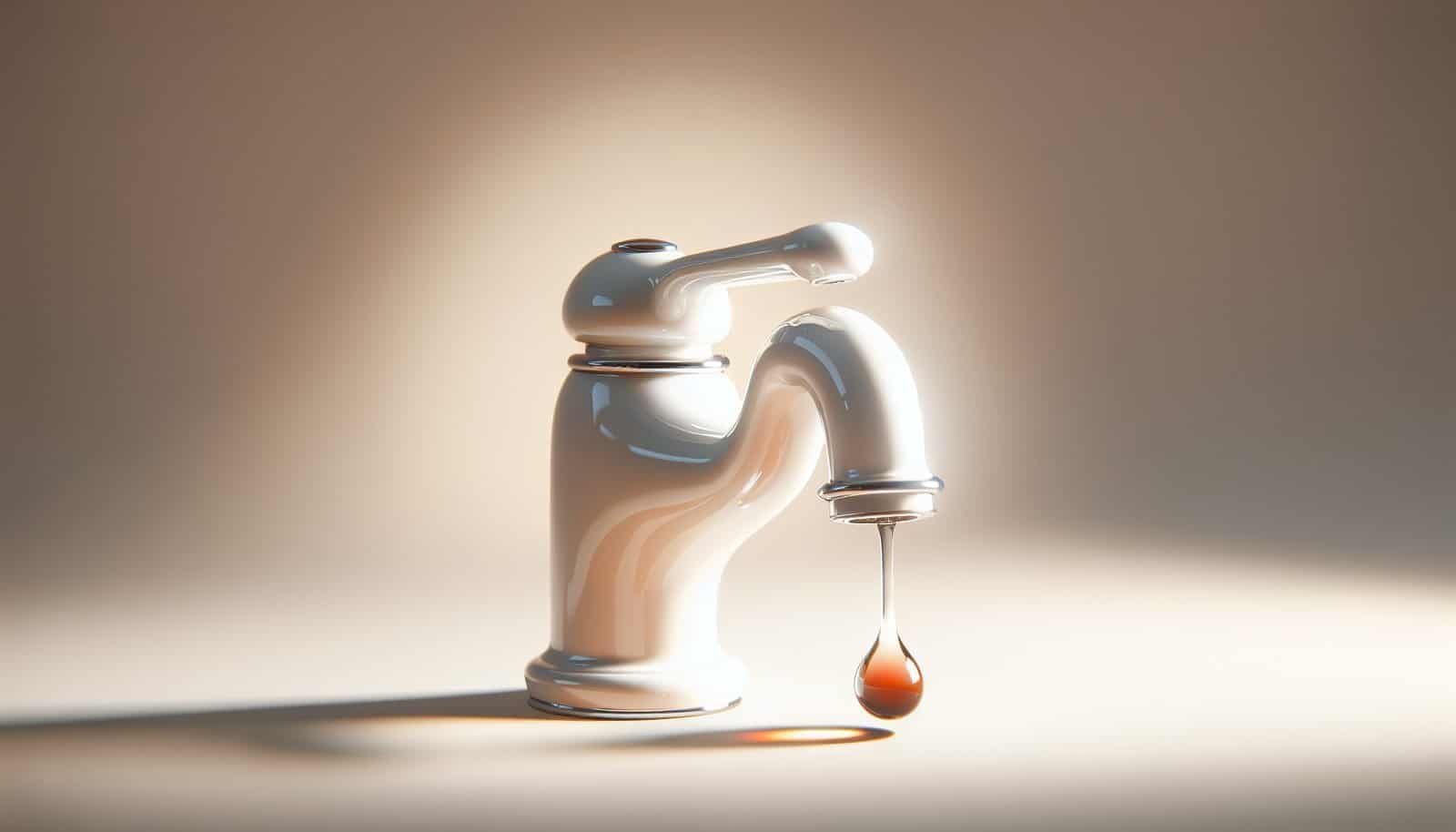Have you ever noticed unsightly stains on your sinks and bathtubs, wondering what might be causing them? If you rely on well water for your home, you may have found your answer. Handling well water that causes staining on fixtures requires some knowledge and a few practical steps to ensure your home stays as clean and stain-free as possible. Let’s go through the causes of these stains and what you can do about them.

Understanding Well Water and Its Components
Well water, unlike municipal water, comes directly from the ground. It’s rich in minerals and other elements, which can lead to staining on fixtures. The most common culprits are typically iron, manganese, and sometimes even sulfur. These minerals can attach to your fixtures and leave stubborn stains.
What Causes Staining in Your Well Water?
The primary cause of staining from well water is its mineral content. When water percolates through soil and rock formations, it dissolves various minerals. While some minerals are harmless, others can create stains on your household fixtures. These stains are often an aesthetic concern, but they can also indicate a need to improve water quality.
Common Minerals Found in Well Water
The table below illustrates some of the common minerals found in well water and the types of stains they typically cause:
| Mineral | Common Stain Color | Description |
|---|---|---|
| Iron | Reddish-brown | Iron is one of the most common minerals in well water. It can cause reddish-brown stains on bathtubs, toilets, and sinks. |
| Manganese | Black or dark brown | Manganese can cause a black, less noticeable but equally difficult to remove stain on fixtures. |
| Sulfur | Yellow or dark stains | Often accompanied by a rotten egg smell, sulfur is another mineral that can cause staining and unpleasant odors. |
| Calcium and Magnesium | White, chalky residue | These minerals cause hardness in water, leading to limescale buildup and a chalky residue. |
Identifying the Problem
Before you can solve the problem of staining, you need to identify which minerals are present in your well water. This usually requires testing the water, which can be done through home testing kits or by hiring a professional service.
Testing Your Well Water
Testing your well water is an essential first step. It helps in diagnosing which specific minerals are present and in what concentrations. Most home testing kits are easy to use and will provide you with a general overview. For more detailed results, you might consider hiring a professional water testing company.
Signs Your Fixtures Are Suffering from Mineral Stains
The stains caused by well water minerals are usually easy to spot. Reddish-brown streaks in your bathtub, black residues on sinks, or even a yellowish tint to toilets can indicate specific minerals. Recognizing these signs can help you address the problem effectively and maintain your fixtures’ appearance.

Solutions to Well Water Staining
Once you’ve pinpointed the cause of the stains, it’s time to find a solution. Fortunately, there are various strategies to address well water staining depending on the minerality causing it.
Water Softeners
Water softeners can be a lifesaver for households with hard water—water high in minerals like calcium and magnesium. They work by exchanging calcium and magnesium ions in water with sodium ions, reducing the hardness. While primarily used for hardness, some water softeners also have the added benefit of reducing iron.
Iron Removal Systems
If your water test reveals high iron levels, you may need a dedicated iron removal system. These systems vary from potassium permanganate oxidizing filters to more complex oxidizing systems. They work by precipitating dissolved iron out of the water, which can then be filtered out.
Manganese Filters
Manganese in water, while similar to iron, often requires different treatment methods. Manganese filters work by oxidizing manganese, turning it into a solid that can be filtered out. These filters often also handle iron, making them a great solution if both minerals are present.
Sulfur Removal Options
If sulfur is causing your staining problem, and possibly a pervasive rotten egg smell, consider a sulfur removal system. These can range from aeration systems, which vent out the sulfur gas, to specialized chemicals that neutralize the sulfur content.

Maintenance Tips for Minimizing Stains
Even with the best systems in place, regular maintenance is crucial to keep stains at bay. This includes not only maintaining your water treatment systems but also your household fixtures.
Regular Cleaning and Maintenance
Cleaning stains as soon as they appear can make a significant difference in keeping your fixtures looking pristine. Use appropriate cleaning agents that can effectively remove iron or manganese stains. For instance, products containing citric acid or oxalic acid can be particularly effective at breaking down mineral deposits without damaging your fixtures.
Installing Whole House Filtration Systems
For a comprehensive solution, consider installing a whole house filtration system. These systems are designed to remove various contaminants, including iron, manganese, and sulfur, making your water cleaner before it ever reaches your fixtures.
Regular Well Maintenance
Your well itself may benefit from regular maintenance. Ensuring your well is properly sealed and free from any leaks can help prevent the ingress of unwanted minerals and particulates. Additionally, periodic shock chlorination can reduce bacterial growth and maintain water quality.

Consult with a Professional
If your staining issues persist despite your best efforts, it might be time to consult with a water treatment professional. They can provide tailored advice based on the specific conditions of your well water, helping you achieve the best results.
Seek Professional Water Testing
While home test kits are useful, professional water testing can delve deeper into your water’s composition, revealing nuances a home kit might miss. A water treatment expert can interpret these results and recommend the most effective remediation strategies.
Customized Solutions
Every well is different, and a one-size-fits-all solution might not always work. Professionals can offer customized treatment options targeting your specific well water problems. From advanced filtration systems to point-of-use solutions, these tailored systems can offer peace of mind and improved water quality.

Conclusion
Handling well water that causes staining on fixtures is a multifaceted challenge that requires understanding the composition of your water, implementing effective filtration, and maintaining your systems diligently. By identifying the specific minerals causing stains and applying the appropriate solutions, you can preserve the appearance and integrity of your home’s fixtures. Regular well maintenance and professional consultations will further ensure you enjoy clean, stain-free water flowing through your taps. Your steps and decisions today can ensure a future free from the hassle of mineral staining.
